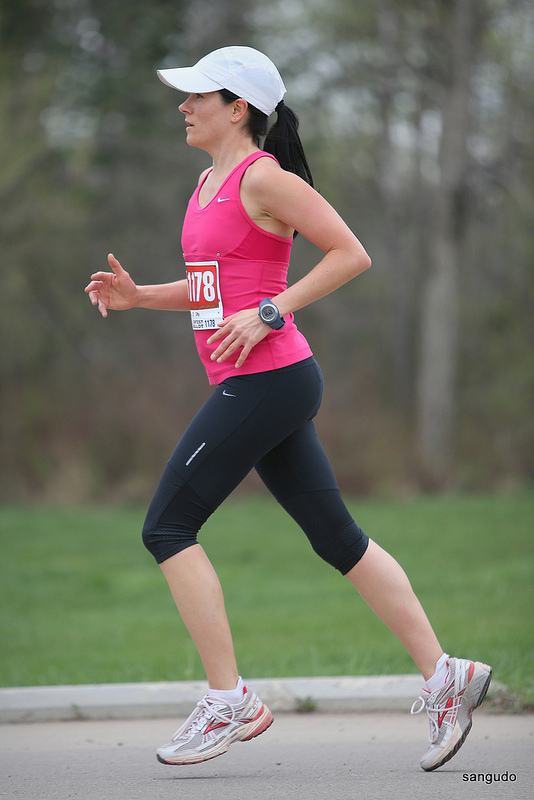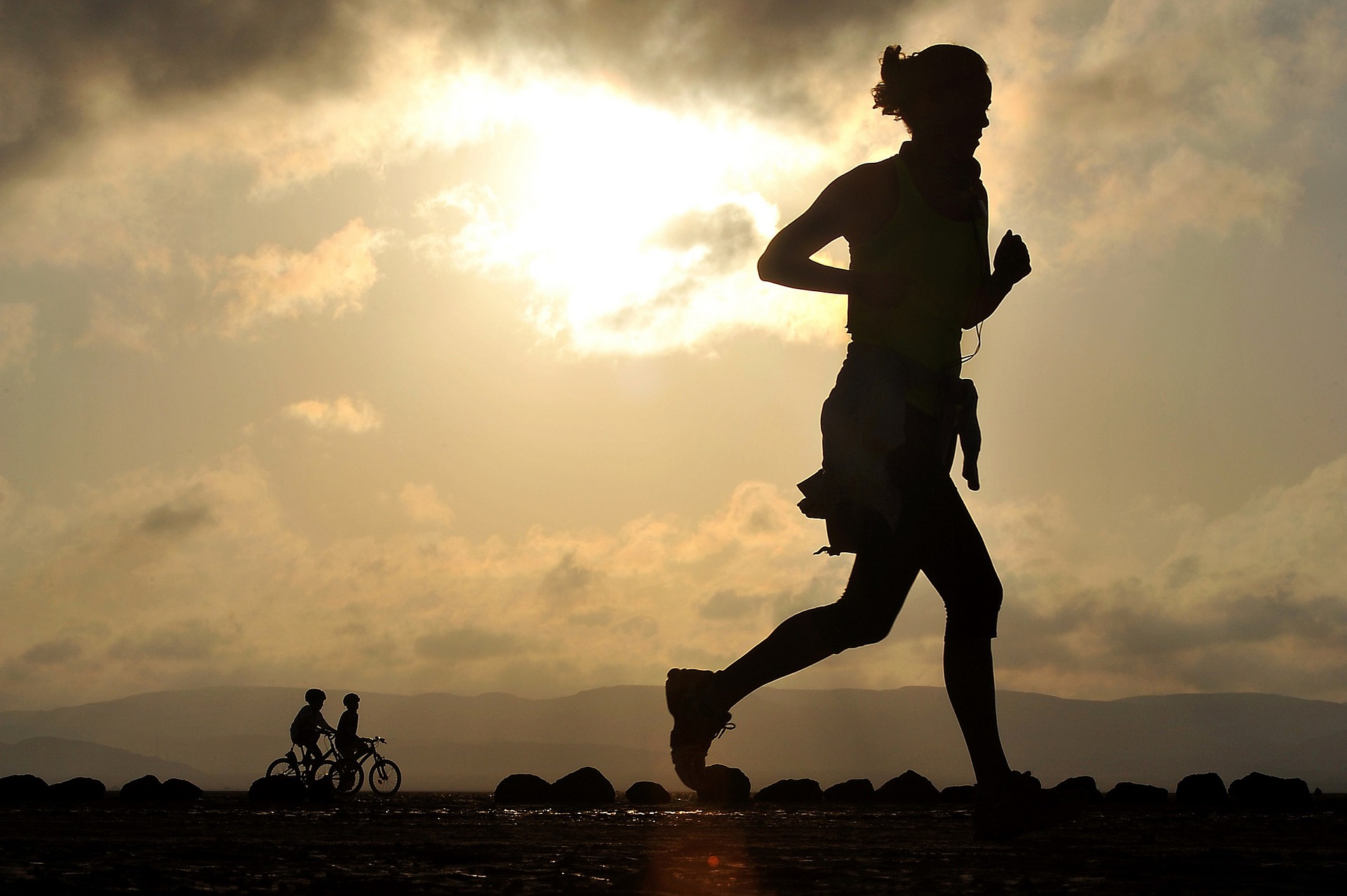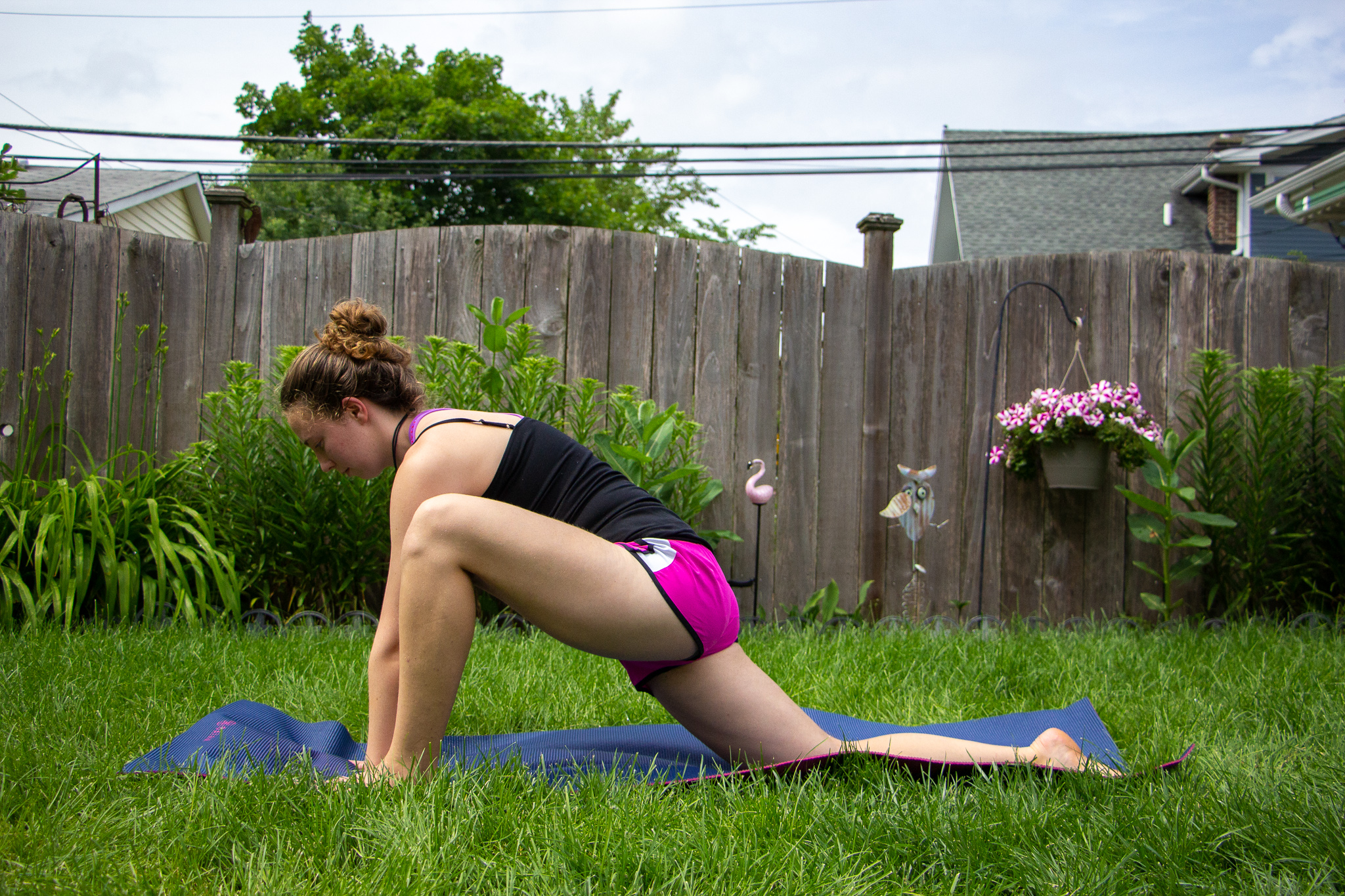I still remember very clearly my first lesson on running: seventh grade, biannual fitness tests, one mile run. I was falling apart by lap 2, and our P.E. teacher Mr. Lommen was shouting at me, “heel, toe! Heel, toe!” For the next seven years or so, I firmly believed that heel strike was the most efficient way to run. But somewhere in the mid-2000s, I started hearing that forefoot strike is actually the better, less damaging way to run. Then there came the barefoot running craze–don’t the Kenyans and Ethiopians run barefoot? But since then, noted authorities (like the journal Podiatry Today) have claimed that barefoot or minimally-supported running is just a fad.
It’s hard to believe that the efficiency of something humans have been doing for about six million years, presumably without instruction or much conscious attention to form, can provoke such controversy. While there is no consensus yet, evolutionary scientist and Harvard professor Daniel Lieberman’s tips on how to run according to our body’s design might be the answer. His most recent book, The Story of the Human Body, goes into detail over why we’ve evolved our big brains and fat-storing bodies, as well as our unique biped running style. Since shoes are just a recent “trend” in humanity’s long history, Lieberman argues that over time, walking barefoot develops enough protective calluses to be safe. According to Lieberman, running barefoot forces us to land quietly either midfoot or forefoot, which reduces overall shock–while relying on soft, springy running shoes will condition us to heel strike and ultimately get all that shock, stride after stride.

Perfect running form a la Lieberman: Slight stepping under, forefoot strike, slight forward bend at the ankles
But it doesn’t just end with your feet. To run well, follow Lieberman’s 5 tips for correct running form according to evolutionary science:
1. Don’t lean at the hips. If you do lean, do so at the ankles — Many runners make the mistake of leaning forward at the hips, thinking that will allow gravity to propel them forward. In fact the forward lean does have a positive effect on running efficiency, but because of hip extension, not gravity (imagine elastic energy, like a slingshot). To lean properly, do so at the ankles, with the rest of the body angling forward in a straight line.
2. Use a high step frequency (about 170-180 steps a minute) — This might be counter-intuitive, but taking small strides at higher frequency allows your body to move forward without bounding back.
3. Never overstride. Your ankle should always land below your knee — Again, this is very counter-intuitive to me, especially since my dance teachers always taught me to step far away from the body to propel yourself across the floor (pique turns, anyone?). But Lieberman’s focus is less on running like a gazelle (or a ballerina) and more like a hunter-gatherer. Apparently, swinging your foot far ahead of you can mean lost momentum as you have to “drag” your torso.
4. Land lightly, gently and quietly — This will preserve your feet, ankles, and knees, whether you run barefoot or wear supportive running shoes.
5. Try to focus on bringing the foot up quickly and vertically — It should feel like your heel is traveling up parallel to the other ankle.
Personally, I am a big fan of maintaining an upright torso and “overstepping”–as opposed to picking up the foot more vertically. The good news is, there is no one “correct” form: even among elite runners, there is a range of forms and strides depending on personal preference. The most important thing is that you land quietly as to minimize the shock to your joints. So experiment with these tips and your own techniques to find exactly what suits your running style.
More in Running: 5 Training Tips for Long Distance Running
Should You Be Running or Walking for Weight Loss?
___
Photo: Sangudo via Flickr




